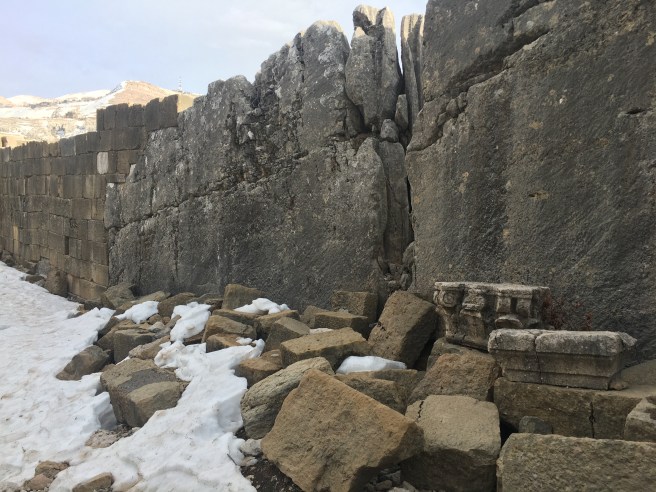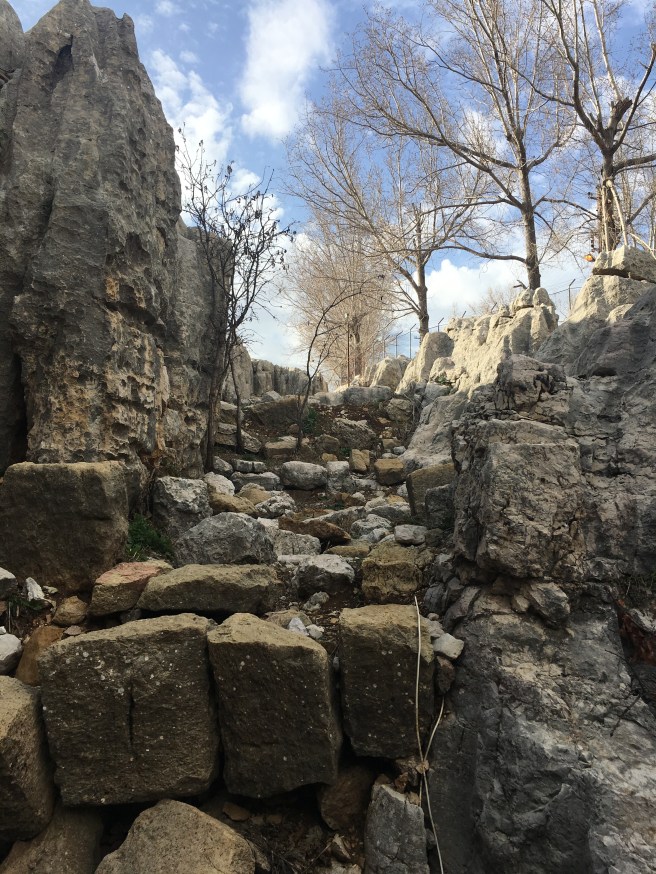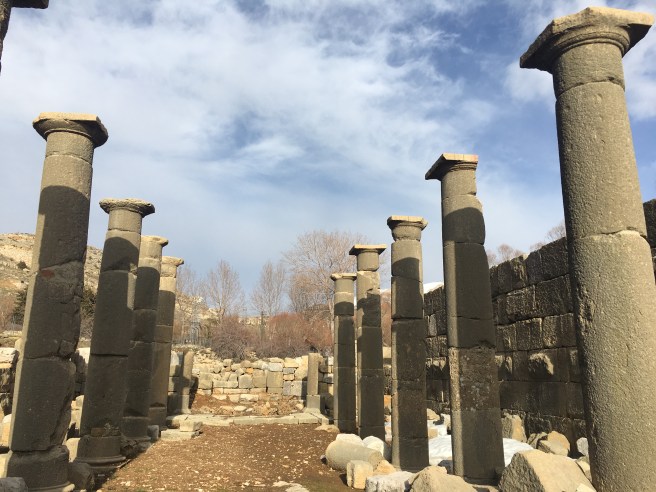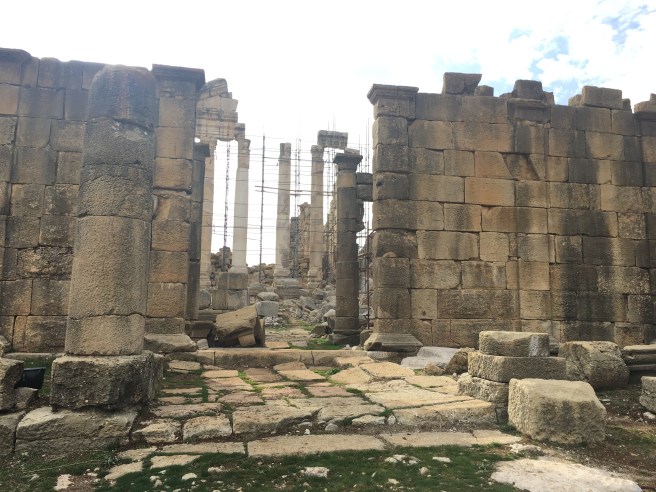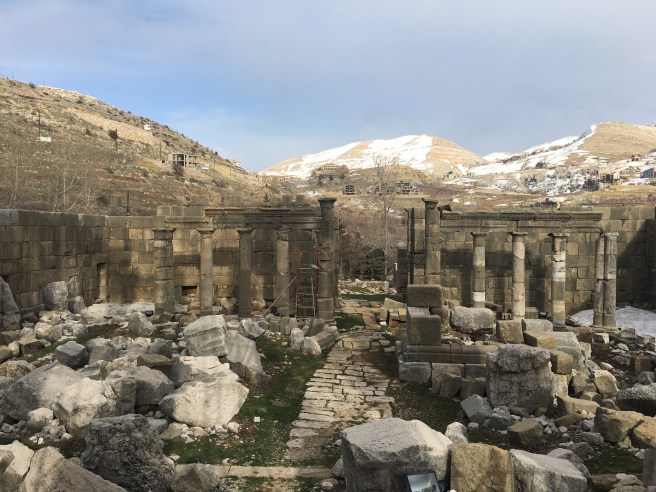post 297/365
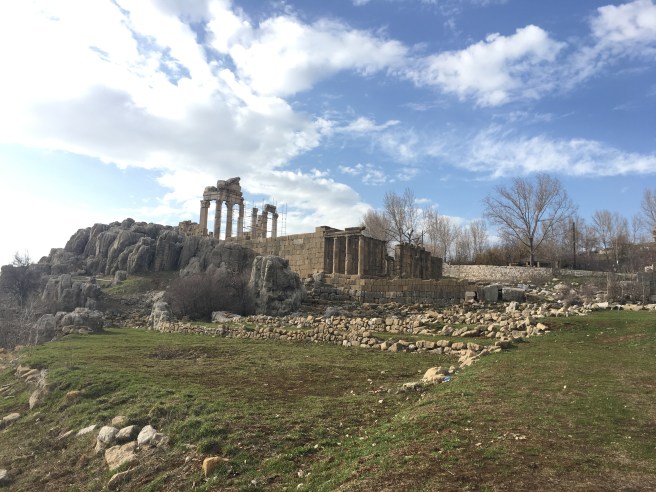
High up in the mountains they stand, elegant, poised, and indifferent to the moving time that seems to ignore them. Above the air is crisp clear with blue skies that seem to frame these ruins somehow freezing them in time and engulfing them with the magical air of antiquity.
Faqra, also known for its majestic limestone formation known as “houses of ghosts” that stand erect with naturally sculpted shapes is home to the most extensive Roman ruins of all Mount Lebanon.
The temple of Faqra stands at 1,550 m above sea level. These unique monuments rise in a spectacular location and are partly cut out of living dolomite rock. Towering over a profound valley where the waters of Nabaa al-Aasal and Nabaa al-Laban flow, the sound of the water flowing nearby and this natural forest of rocks, give this sight a certain solemn silence that is reflected through the shades of these ruins.
The main temple dominates the site. It dates from the 3rd century AD. Its facade has six Corinthian columns and the sanctuary is partially built into the rocks. It is believed that Romans used Faqra as a signal post to communicate via fire signals over the Lebanese mountains from the coast to Baalbeck or Heliopolis or that it could have been used as a treasury where precious items were stored.
Historical accounts vary when it comes to the origins of Faqra. Some trace it back to the age of King Solomon; others claim it predates Ptolemy. Greek inscriptions found in the Atargatis Temple suggest it was built in 49 BC, but there are no written or material records that attest to this estimation.
This massive 15 meters square tower originally had a third story and a pyramid-shaped roof. A stairway made of 18 flights of steps leads to its main entrance, the remains of which are visible on-site today. Continuing down the slope you reach the small temple, dedicated to “the Syrian goddess,” a local form of the goddess Atargatis. This temple was made into a church in the 4th century AD by attaching it to a Christian basilica.
The commonly accepted attribution of the pagan temple to the goddess Atargatis is due to the presence of a dedication of good health intended for Agrippa II and her sister Berenice, dated to the first century AD. Its historical value is to attest the dominion of Agrippa II over this part of Mount Lebanon.
Around the temple of Atargatis, tombs lie embedded within the rocks burial vaults, each crowned with a Byzantine stone cross.
Little is known about this true silent majestic site, and yet somehow it has survived the long hot summer days and the icy winter nights and much like Lebanon it seems to have survived it silently.


